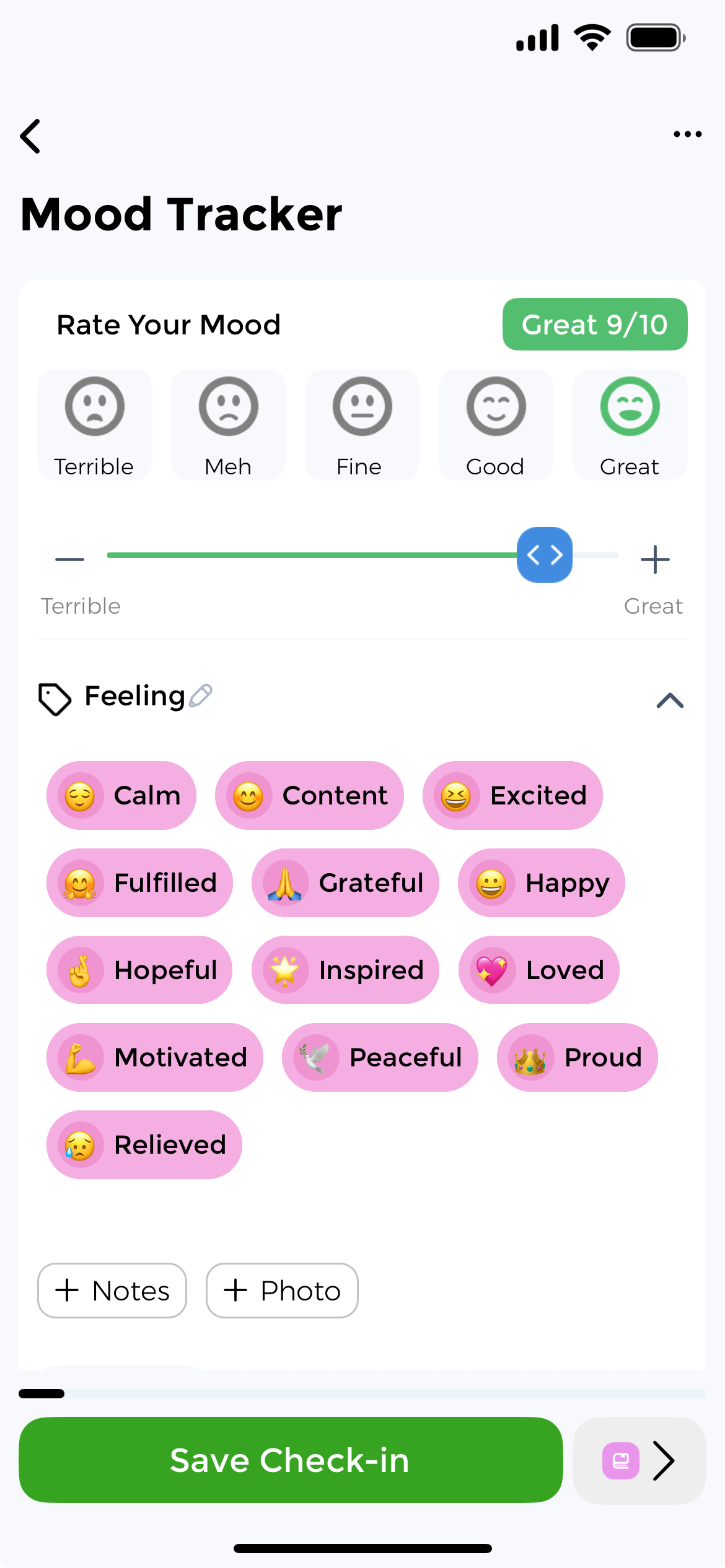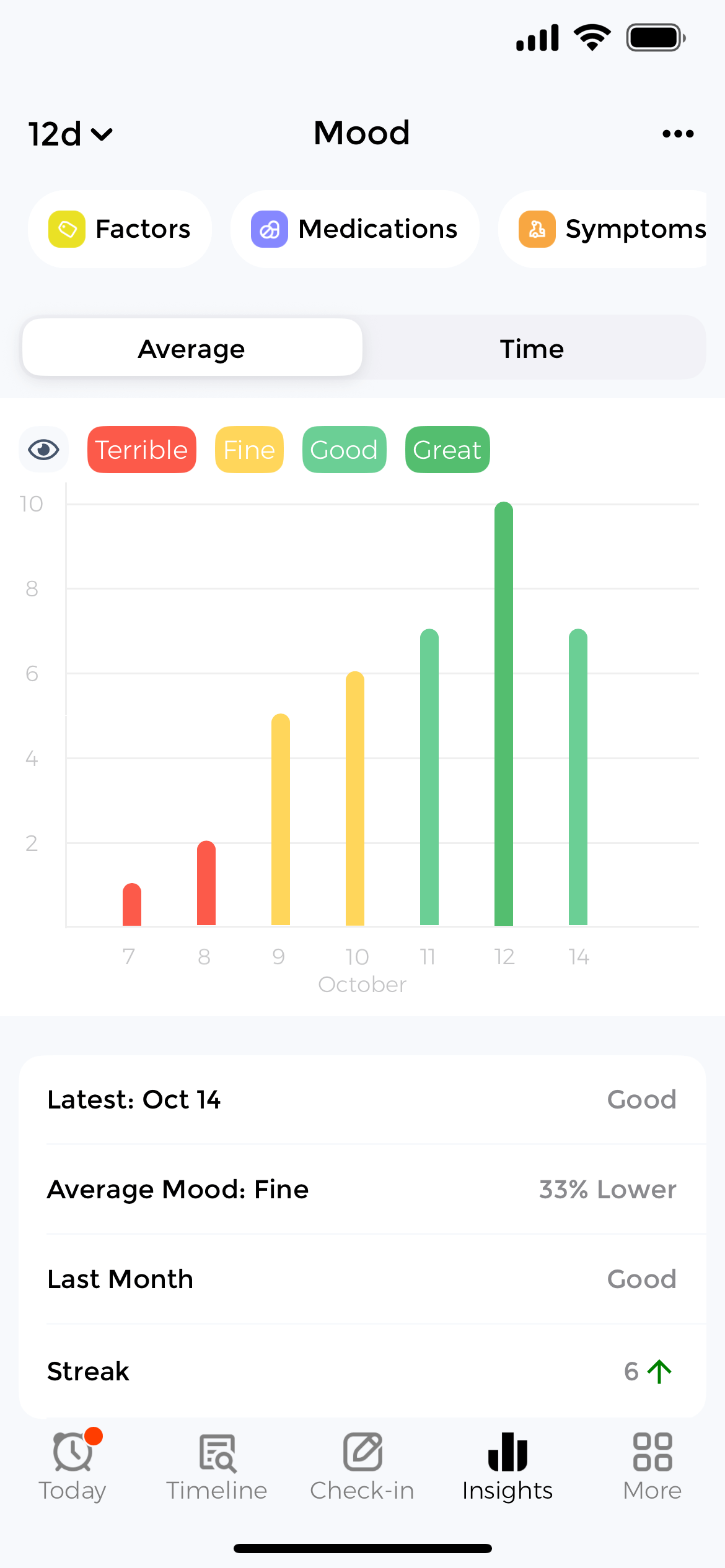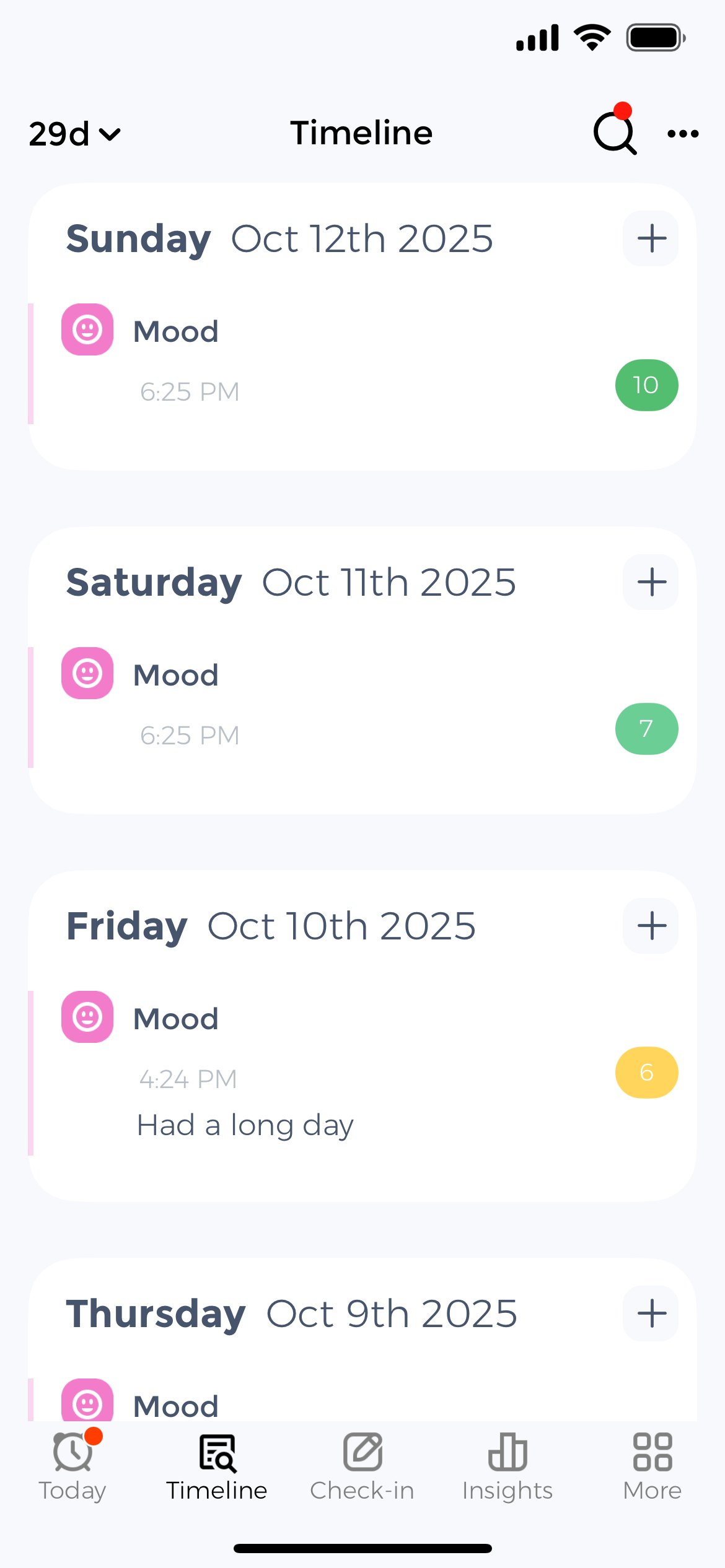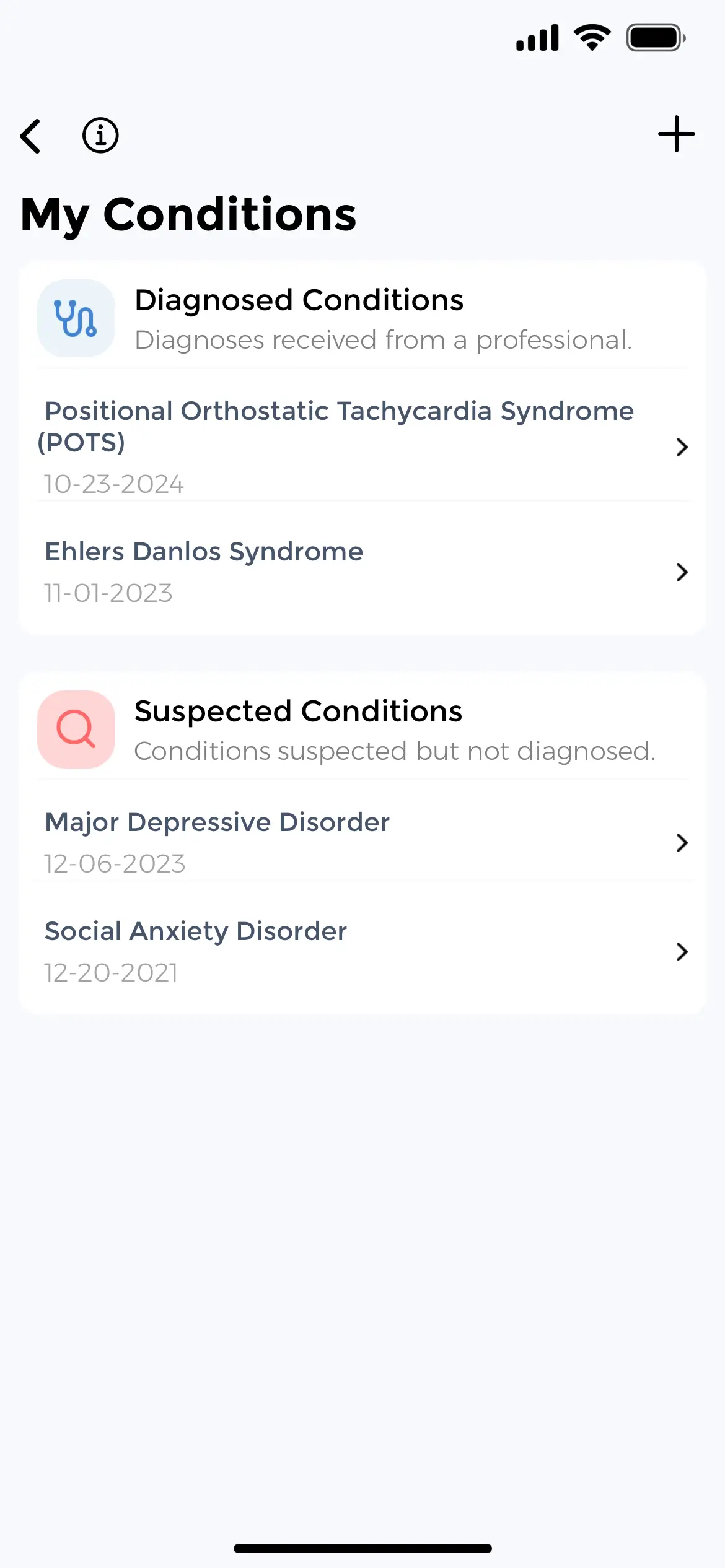Behavior Tracker
Track behavioral patterns, identify triggers, and support positive change with data-driven insights.
The best behavior tracking software helps parents, teachers, and caregivers monitor daily behaviors, identify patterns, and understand triggers that influence actions. Whether you need a child behaviour tracker for ADHD, autism spectrum disorder, anxiety, or general developmental monitoring, our free behavior chart app transforms observations into actionable insights. This behavior data collection app works as both a classroom behavior tracker for schools and a daily behavior tracker for home use.

Systematic Behavior Tracking
Imagine being able to predict your child’s meltdown before it happens, or finally understanding why certain behaviors seem to spiral out of control. A staggering 17% of parents report feeling helpless when managing their child’s behavioral challenges, while 63% of teachers wish they had better tools to understand their students’ behavioral patterns.
The reality is that unidentified behavioral triggers cost families countless hours of stress and anxiety. But here’s the transformative truth: systematic behavior tracking has been shown to reduce challenging behaviors by up to 70% when implemented correctly. This online behavior tracking system provides behavior tracking for parents at home, behavior tracking for teachers in classrooms, and behavior tracking for schools district-wide. These behavior management apps help families and educators uncover hidden patterns to make informed, impactful changes.


Effective Behavior Management
The National Institute of Child Health and Development found that 83% of recurring behavioral challenges follow identifiable patterns hidden in daily routines, environmental factors, and transitions. Digital behavior tracking exposes these invisible triggers that parents miss during chaotic moments. When Tuesday’s meltdown matches last week’s pattern (same time, same trigger, same escalation), you finally have actionable data instead of guesswork.
Research demonstrates families using systematic behavior tracking see 70% reduction in challenging behaviors within 8 weeks. The key: correlating behaviors with sleep disruptions, medication timing, sensory inputs, and social contexts. This evidence-based approach transforms reactive discipline into proactive intervention, improving school performance, social interactions, and family dynamics through data-driven environmental modifications.
Systematic Behavior Tracking

The reality is that unidentified behavioral triggers cost families countless hours of stress and anxiety. But here’s the transformative truth: systematic behavior tracking has been shown to reduce challenging behaviors by up to 70% when implemented correctly. A behavior tracker helps families and educators uncover these hidden patterns and make informed, impactful changes.
Effective Behavior Management

Research demonstrates families using systematic behavior tracking see 70% reduction in challenging behaviors within 8 weeks. The key: correlating behaviors with sleep disruptions, medication timing, sensory inputs, and social contexts. This evidence-based approach transforms reactive discipline into proactive intervention, improving school performance, social interactions, and family dynamics through data-driven environmental modifications.
What to Track Daily
Effective behavior tracking extends beyond simple frequency counts in your behavior tracking sheet or behavior log. Your Tuesday morning espresso, yesterday’s transitions, that unexpected schedule change. Each influences tomorrow’s behavioral reality. This behavior tracking tool works as a comprehensive behavior counter and behavior logger for students. These behavior apps help you document connections between triggers and behaviors in a weekly behavior tracking format.
How the Behavior Tracker Works
1. Log Behaviors
Open the app, select behavior type, record ABC data (antecedent, behavior, consequence), and add environmental notes. Logging takes under 30 seconds.
2. Identify Patterns
After two weeks, view analytics showing behavioral trends, common triggers, and correlations with sleep, diet, or environmental factors.
3. Share Reports
Export visual reports for teachers, therapists, or healthcare providers. No more guesswork about behavioral frequency or triggers.
Implementation Strategies
The secret to successful tracking lies in making it part of your daily routine. Tracking doesn’t have to mean interrupting your day to input data; instead, incorporate it during natural pauses, like after dinner or just before bedtime.
Start Simple
Begin by identifying one or two key behavioral concerns. Perhaps you notice your child struggles with focus after school or becomes overwhelmed during meal preparation times.
Focusing on these areas first allows you to ease into tracking without feeling overwhelmed.
Set Reminders
Use timely reminders to ensure consistent data collection, especially during busy periods.
Create custom tracking categories if your child struggles with transitions to log specific data points like time of day, mood, and activity changes.
Involve the Team
Choose tools that let multiple caregivers log entries, ensuring no data is missed during a busy day.
Share access with teachers, therapists, and family members for comprehensive behavioral monitoring across all environments.
Supporting ADHD, Autism & Developmental Conditions
Essential for managing ADHD, autism spectrum disorder, sensory processing disorder, oppositional defiant disorder, and developmental delays. Track behaviors → identify triggers → implement interventions. Document patterns for IEP meetings, therapy sessions, and medical consultations.
ADHD Behavior Tracking
Monitor attention spans, hyperactivity levels, impulsivity, and medication effectiveness. Track focus duration during different activities. Essential for adjusting stimulant medications and documenting improvement for healthcare providers.
Autism Spectrum Support
Track sensory sensitivities, communication patterns, repetitive behaviors, and meltdown triggers. Identify patterns in social interactions and transitions. 70% of families report better management when tracking systematically reveals hidden triggers.
Early Warning Signs
Regression in skills, sudden behavioral changes, increased aggression, new repetitive behaviors, or sleep disruptions. Document frequency and severity to share with developmental specialists promptly.
School & Home Coordination
Share behavioral data between teachers, parents, and support staff. Create separate profiles for different environments. Consistent tracking across settings improves intervention effectiveness by 60%.
Understanding Your Data
Patterns don’t always emerge immediately, but weekly reviews are a game-changer. As you collect more information, certain trends become unmistakable. For example, you might discover that behaviors intensify when routines vary, or that skipping breakfast correlates with mood swings.
Data Visualization
Charts and heatmaps make patterns more apparent. A heatmap might show that Monday mornings consistently see higher frustration levels, signaling a need for a more structured Sunday night routine.
Track weekly and monthly trends to identify long-term patterns that daily observation might miss. Visual reports help communicate findings to support teams effectively.
Healthcare Provider Communication
Rather than relying on memory or vague descriptions, present clear, concise reports backed by data. Share 30-day tracking reports revealing consistent correlations.
This targeted insight allows professionals to craft more effective interventions, saving time and reducing stress for everyone involved.
Track Behaviors and Support Positive Change
Stop guessing what triggers challenging behaviors. Download the best behavior tracker app free today. Join thousands who use this behavior tracking app to monitor patterns, identify triggers, and support better outcomes for children with ADHD, autism, and behavioral challenges.
Frequently Asked Questions
References
- “LifeStance Survey Finds That 68% of Parents Have Seen Their Children Face Significant Mental and Emotional Challenges During the COVID-19 Pandemic – Lifestance Health”. https://lifestance.com/media-center-release/lifestance-survey-finds-that-68-of-parents-have-seen-their-children-face-significant-mental-and-emotional-challenges-during-the-covid-19-pandemic/
- “The Impact of Challenging Behavior on Families: I Don’t Know What to Do – Sharon L. Doubet, Michaelene M. Ostrosky, 2015”. https://journals.sagepub.com/doi/full/10.1177/0271121414539019
- “Self‐management interventions for reducing challenging behaviors among school‐age students: A systematic review – PMC”. https://pmc.ncbi.nlm.nih.gov/articles/PMC8902300/
- “The Acceptability, Feasibility, and Effectiveness of Wearable Activity Trackers for Increasing Physical Activity in Children and Adolescents: A Systematic Review – PMC”. https://pmc.ncbi.nlm.nih.gov/articles/PMC8228417/
- “The physical environment and child development: An international review – PMC”. https://pmc.ncbi.nlm.nih.gov/articles/PMC4489931/
- “Sleep disturbance has the largest impact on children’s behavior and emotions – PMC”. https://pmc.ncbi.nlm.nih.gov/articles/PMC9744255/
- “6 Best Behavior Tracking Apps for Parents”. https://www.joonapp.io/post/behavior-tracking-apps-for-parents
- “How Can We Help Kids With Transitions? – Child Mind Institute”. https://childmind.org/article/how-can-we-help-kids-with-transitions/
- “Reducing Challenging Behaviors during Transitions: Strategies for Early Childhood Educators to Share with Parents | NAEYC”. https://www.naeyc.org/resources/pubs/yc/sep2018/reducing-challenging-behaviors-during-transitions/
- “Frontiers | Sleep disturbance has the largest impact on children’s behavior and emotions”. https://www.frontiersin.org/journals/pediatrics/articles/10.3389/fped.2022.1034057/full



